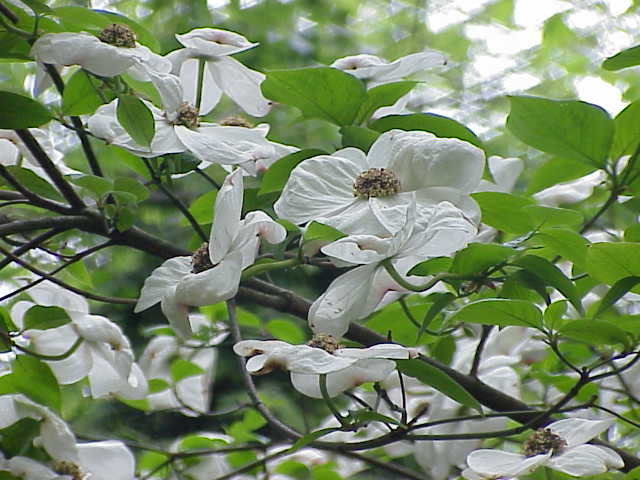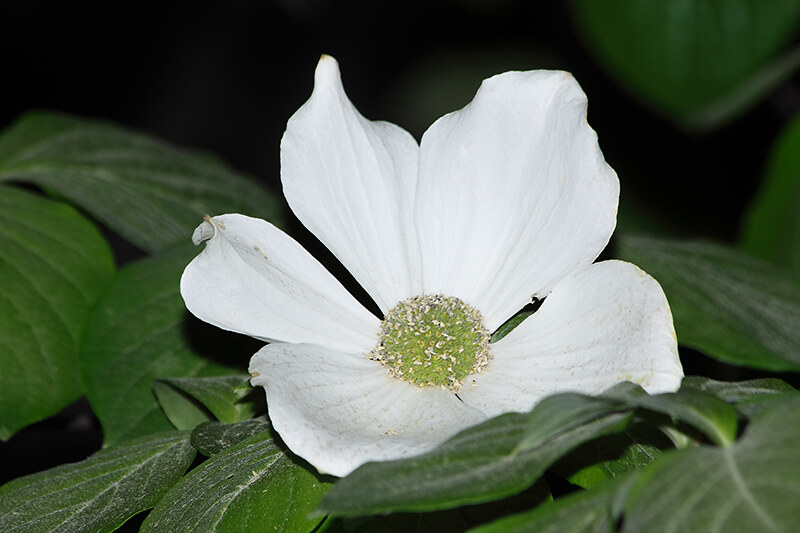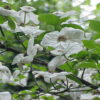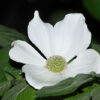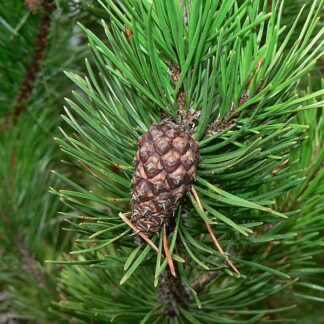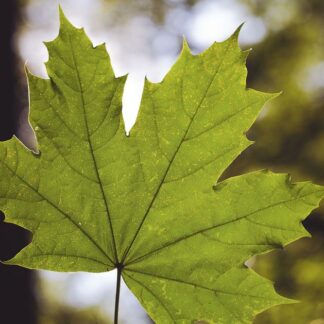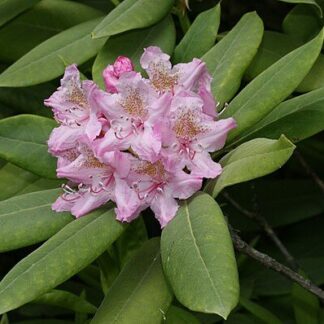Description
Sold in bundles of 10.
At a Glance: Upright deciduous tree that can grow over 60 feet tall (although rarely).
Preferred Habitat: Pacific Dogwood occurs throughout western Washington at elevations from sea level to 1,500 feet. It is best adapted for growing on sites with moist, well-drained soils, and areas that range from sunny to shady. It will grow on a variety of soil-types, from silts to gravels, and even upland clay, providing adequate soil moisture is present. It will tolerate some seasonal flooding.
Appeal: It is considered the most attractive flowering tree in western Washington. From April until June, it produces large showy white bracts (flowers), which give rise to large red berries in late summer that are a favorite food for many species of animals.
Conservation Uses and Concerns: Pacific Dogwood has been in decline in this region in recent years. Significant reductions in habitat for the species have been compounded by the introduction of a fungal disease (anthracnose) that has decimated some populations. Its presence in the riparian zone offers a source of food (berries) and shelter for many species of birds and mammals. Failure to reestablish this species would be a significant loss for this region.
| Sun/Shade Tolerance | Hydrology | Elevation Range |
|
mostly sunny 60%-80%
partial sun and shade 40%- 60%
mostly shady 60%-80%
full shade > 80%
|
moist
|
low elevation
|
| Soil Preferences | ||
| Prefers well drained soils high in organic matter such as along streams and gullies. | ||
|
sandy soils
gravelly soils
|
well drained soils
deep soils
|
nutrient rich soils
mineral soils
organic soils
|
| Wildlife Value | |
|
Berries
Seeds
Nectar for hummingbirds
Nectar for butterflies
Thickets and shelter
Thorny or protective cover
|
Birds: The berries are eaten by birds, especially in late summer and early fall. Especially eaten by tufted titmouse, northern flickers, American robins, and more. Woodpeckers and crows also eat the fruits as do wild turkey and bobwhite quail.
Insects: Small bees, flies, and butterflies are attracted to the flowers and will feed on the nectar and collect pollen. Mammals: Mammals such as mice, squirrels, black bear, skunks, and others also feed on the fruits. In addition to feeding on the berries in summer and fall, white-tailed deer will also browse the leaves and twigs. Rabbits will also browse on the leaves, shoots, and sprouts of flowering dogwood. |
References:
Pojar, Jim, and Andy MacKinnon. Plants of the Pacific Northwest Coast: Washington, Oregon, British Columbia & Alaska. Revised ed. Redmond, Wash.: B.C. Ministry of Forests and Lone Pine Pub., 2004. Print.
“Sound Native Plants.” Sound Native Plants. Web. 31 Oct. 2014. <www.soundnativeplants.com>.

